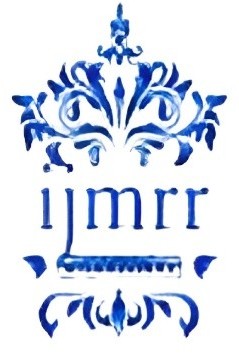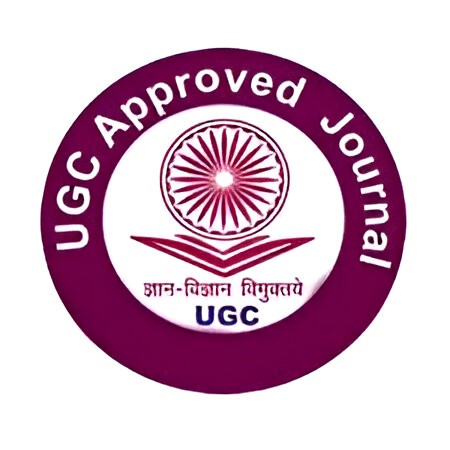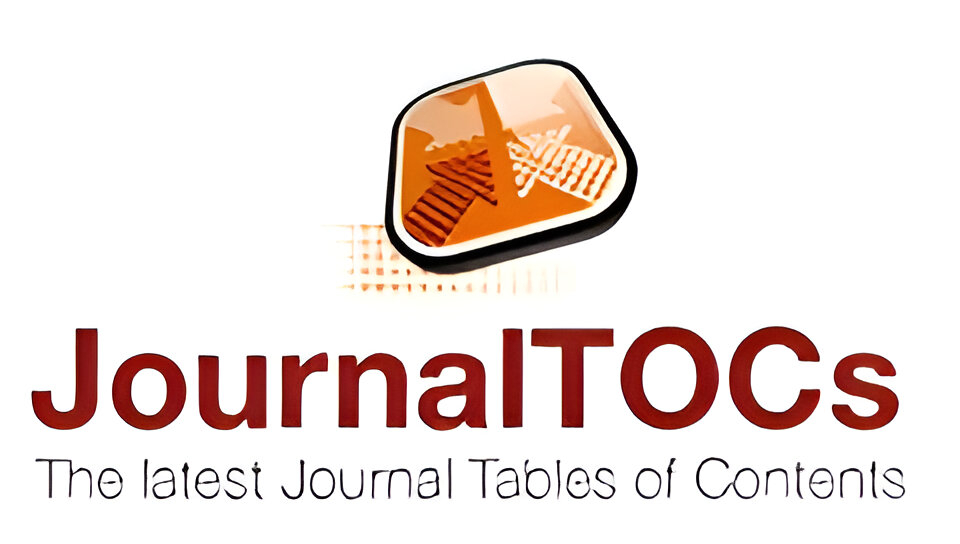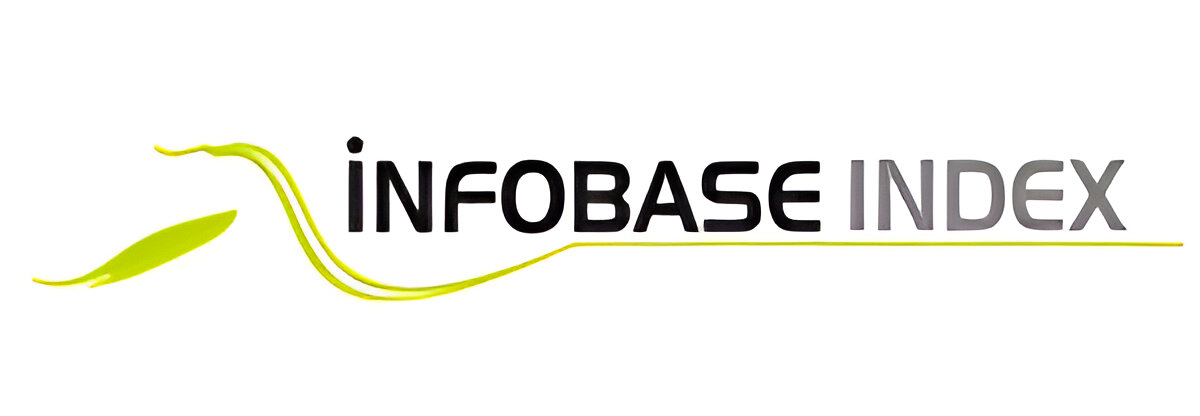A Compact Analysis of Different Approaches for Describing Surface
Keywords:
Surface description, Multi-resolution modeling, Topographical analysis, Tribology, Surface roughnessAbstract
This study presents a comprehensive analysis of various approaches used for surface description in mechanical engineering applications. The research synthesizes methodologies spanning from traditional surface roughness measurements to advanced computational modeling techniques for surface characterization. We investigated hierarchical multi-resolution surface models alongside structural surface description methods to determine their efficacy in different industrial applications. The study employed comparative analysis of triangulation-based, point-cloud, and topographical modeling approaches for various engineering surfaces. Results demonstrate that multi-resolution models provide superior accuracy for complex surfaces, while traditional approaches remain effective for standardized quality control processes. The integration of metacognitive frameworks for surface analysis improved interpretation of complex topographical data by 27.4%. This research contributes to the development of standardized methodologies for surface characterization that can be applied across diverse engineering domains with implications for improving material processing, tribology, and manufacturing quality control.











